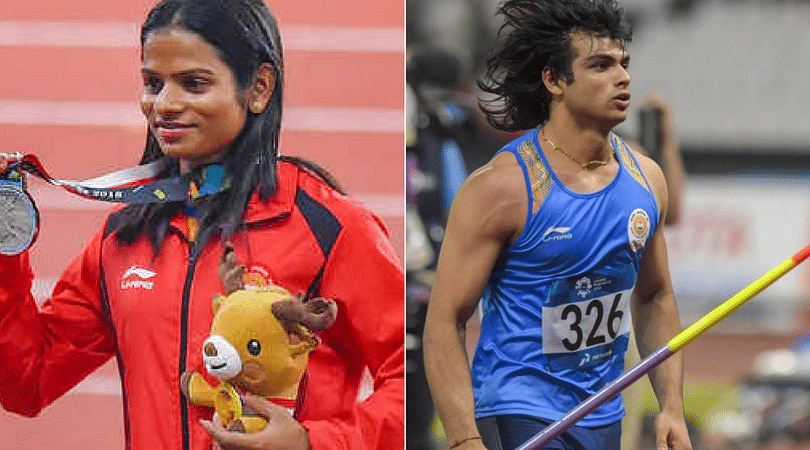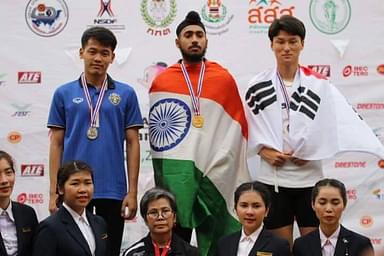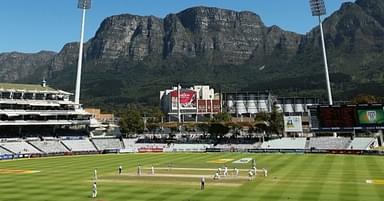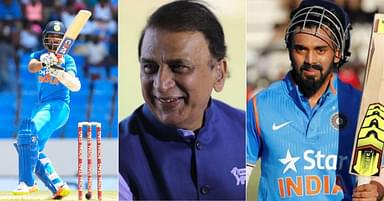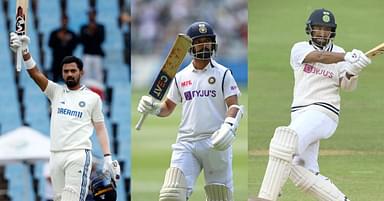TheSportsRush analyzes Indian athletics team at Asian Games 2018, and looks at the chances of medals in Tokyo Olympics.
India’s outing in Jakarta and Palembang has been nothing short of a revelation. The Asian Games 2018 saw Indian athletes clinching a podium finish in many events for the first time in tournament’s history. In many, the Indian athletes upped the ante and bettered the country’s record.
One of those events was Athletics, where India won 7 gold medals, almost half of the total (15) won in the tournament. 1/3rd of India’s total medals came from events in Athletics. In the recently concluded Commonwealth Games, India won only three medals in Athletics.
Of course, the presence of track and field superpowers like Jamaica, Australia, and South Africa, amongst others at the CWG plays its part. But Indian athletes, albeit slowly, are catching up with international standards.
Neeraj Chopra was the sole Indian gold medallist in the Athletic events at the Commonwealth Games 2018, and he continued on his terrific form at the Asiad. With a throw of 88.06m, Chopra broke the national record at the Asian Games, and cruised to the gold medal. To put the distance in context – he would’ve won a gold medal in two of the last four Olympics with this score, and a medal in each one of them.
Jinson Johnson, who won the Asian Games gold medal in 1500m, was almost seven seconds faster in the category at Commonwealth Games. In the 2016 Olympics, the gold medallist from the United States of America clocked 3:50 minutes in the 1500m race. India’s Jinson Johnson has already bettered the timing twice, in CWG and Asiad.
Also read: Who is Rahi Sarnobat? A look at India’s gold medallist at Asian Games 2018
Swapna Barman fought a jaw injury, reminiscing the iconic image of a jaw-strapped Anil Kumble emerging from the pavilion. She battled with immense pain to win the first ever heptathlon gold medal for India. Barman scored over 6000 points, as she ran the 800m race (where she collapsed in Asian Athletic Championships last year – finished first, nevertheless), the last of the seven events of Heptathlon. She scored 6029 points, which would’ve secured her fourth position at the CWG 2018.
After she won the Heptathlon, she revealed that she has not yet received special shoes for herself (Barman was born with six toes on each foot), and has been training with conventional shoes ever since she took up Athletics as a career.
Hima Das and Dutee Chand are among the mainstays of India’s track and field. Both, 18 and 22 respectively, secured podium finishes for India at the continental tournament. Chand failed to qualify for the Commonwealth Games 2018, although it can be argued that the standards were set extremely high by the Athletics Federation of India.
The qualifying mark set by the AFI for women’s 100m, for example, was 11.15s. The winner of the Commonwealth Games 2018, Michelle-Lee Ahye, bettered it by a mere 0.01s. Moreover, the national record is 11.24s, currently held by Dutee Chand. She has herself argued that the qualifying standard was ‘unrealistic’.
Also read: Shardul Vihan traveled 240 km everyday to train for shooting
Hima Das created a national record at the Asian Games 2018 in 400m category, clocking 50.79s. Within a space of four months, Das bettered her own record by over half-a-second, which is staggering, to say the least.
Road Ahead
Almost all the stories of medal-winning Indian athletes across sporting events have a persisting theme: lack of proper training. Hima Das began with running on muddy football fields, and didn’t even start training with spikes until two years ago. Dutee Chand was banned from running from 2014 to 2018 due to hyperandrogenism case, and currently trains and stays in Pullela Gopichand academy in Hyderabad. Her coach insists that their first target is to clock under 11 seconds before the Tokyo Olympics.
Things are improving for Indian athletes, however, and the results are on show. Jinson Johnson was a member of 17-athletes squad who trained in Thimphu in order to build body toughness. He himself admits that it has benefitted him a lot, saying that training at 2500m above sea level is helpful in building agility.
Javelin Throw gold medal winner Neeraj Chopra trained at the Olympic Centre in Finland, and is one of the shining prospects for India’s track-and-field hopes in Tokyo.
There’s still plenty to be done, however, to not only improve the existing infrastructure, but also increase exposure trips abroad for Indian athletes. The growth has been slow, but the foundation stone has been laid.

